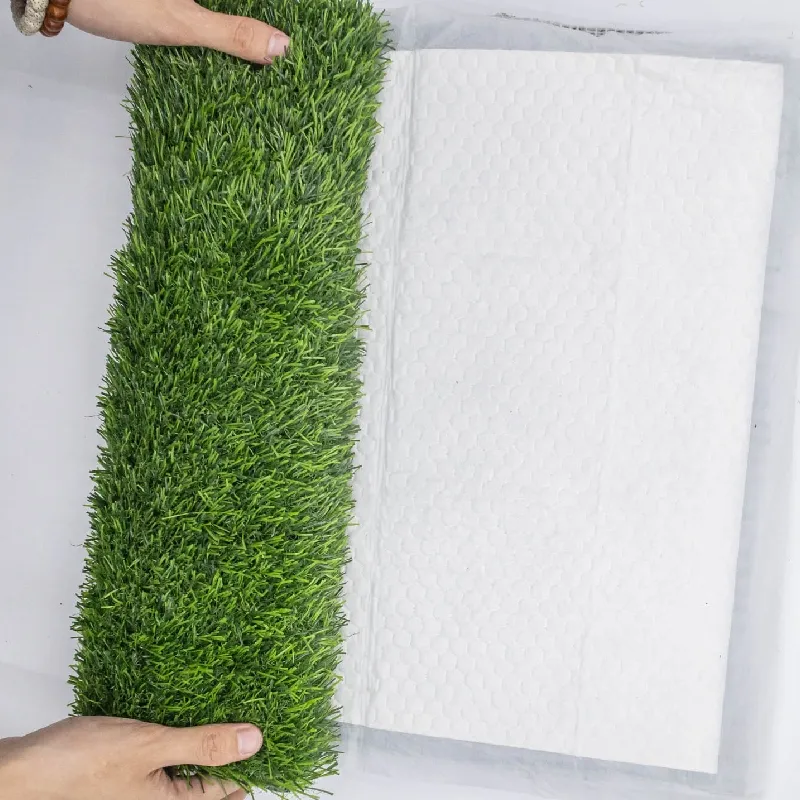
- Afrikaans
- Arabic
- Belarusian
- Bengali
- Czech
- Danish
- Dutch
- English
- Esperanto
- Estonian
- Finnish
- French
- German
- Greek
- Hindi
- Hungarian
- Icelandic
- Indonesian
- irish
- Italian
- Japanese
- kazakh
- Rwandese
- Korean
- Kyrgyz
- Lao
- Latin
- Latvian
- Malay
- Mongolian
- Myanmar
- Norwegian
- Persian
- Polish
- Portuguese
- Romanian
- Russian
- Serbian
- Spanish
- Swedish
- Tagalog
- Tajik
- Thai
- Turkish
- Turkmen
- Ukrainian
- Urdu
- Uighur
- Uzbek
- Vietnamese
Enhancing Football Experience with Artificial Grass in Stadiums
Dec . 15, 2024 21:01 Back to list
The Rise of Artificial Grass in Football Stadiums
In recent years, the evolution of sports infrastructure has been nothing short of remarkable. One of the most significant innovations reshaping football stadiums around the globe is the adoption of artificial grass. As the sport grows in popularity and stadiums strive to provide optimal playing conditions and spectator experiences, the move toward synthetic turf has become more pronounced. This article explores the benefits, challenges, and future of artificial grass in football stadiums.
Benefits of Artificial Grass
One of the primary advantages of artificial grass is its durability. Traditional natural grass fields can suffer considerable wear and tear, especially during rainy seasons or in areas with heavy foot traffic. The resilience of artificial surfaces allows for continuous play without the need for extensive repairs or downtime. This durability not only extends the life of the field but also reduces maintenance costs, making it an economically viable option for stadium operators.
Moreover, artificial grass provides a consistently high-quality playing surface. In contrast to natural grass, which can become uneven, muddy, or patchy, synthetic turf offers a uniform texture that can withstand various weather conditions. This consistency can improve player performance, reducing the risk of injury associated with unpredictable ground conditions. With the possibility of optimizing the composition and infill of artificial grass, stadiums can tailor the playing surface to suit the specific demands of football, further enhancing the athletes' experience.
Another significant advantage is the reduced environmental impact. While the installation of artificial grass does require resources and energy, the ongoing maintenance of natural grass fields often involves excessive water usage, fertilizers, and pesticides. In regions where water scarcity is a concern, synthetic turf presents an attractive alternative. By eliminating the need for regular watering, clubs can reduce their ecological footprint while promoting sustainability in sports.
Challenges and Considerations
artificial grass football stadium

Despite its many benefits, the transition to artificial grass is not without challenges. One major concern is the heat retention of synthetic surfaces. On hot summer days, artificial grass can reach temperatures significantly higher than natural grass, making it uncomfortable for players and spectators alike. To combat this issue, manufacturers are developing innovative products that include heat-reflective properties and improved cooling techniques.
Another point of contention surrounds player safety. While many studies indicate that artificial turf can be safe for play, some athletes and coaches remain skeptical. Concerns about potential injuries, such as turf burns or joint problems, continue to spark debates among sports professionals. It's crucial for stadiums to invest in high-quality materials and keep up with maintenance to ensure player safety and comfort.
The Future of Artificial Grass in Football Stadiums
Looking ahead, the future of artificial grass in football stadiums appears promising. The technological advancements in synthetic materials continue to evolve, offering solutions that address current concerns while enhancing the overall playing experience. Hybrid systems that combine natural grass with artificial turf components are gaining popularity, providing flexibility and the best of both worlds.
Moreover, as the global demand for football increases, more clubs and organizations are recognizing the necessity of sustainable solutions in sports. The implementation of artificial grass not only meets the needs of the game but also aligns with environmental initiatives that promote conservation and sustainability.
In conclusion, the integration of artificial grass in football stadiums marks a new era in sports infrastructure. Its benefits, including durability, consistency, and environmental sustainability, clearly position synthetic turf as a viable alternative to traditional grass. While challenges remain, ongoing innovations continue to address concerns, paving the way for a future where artificial grass can coexist with the rich tradition of football. As the sport progresses, the role of artificial grass will undoubtedly expand, changing the face of football forever.
-
The Benefits of Artificial Turf for Indoors
NewsJul.15,2025
-
How Artificial Grass Suppliers Ensure Quality Products
NewsJul.15,2025
-
Artificial Grass and Pets: A Space for Relaxation
NewsJul.08,2025
-
Balcony & Outdoor Decoration with Artificial Grass
NewsJul.08,2025
-
Best Indoor Artificial Grass for Home
NewsJul.07,2025
-
Best Pet Turf for Dogs: Safe & Durable Artificial Grass Options
NewsJul.07,2025
Products categories









